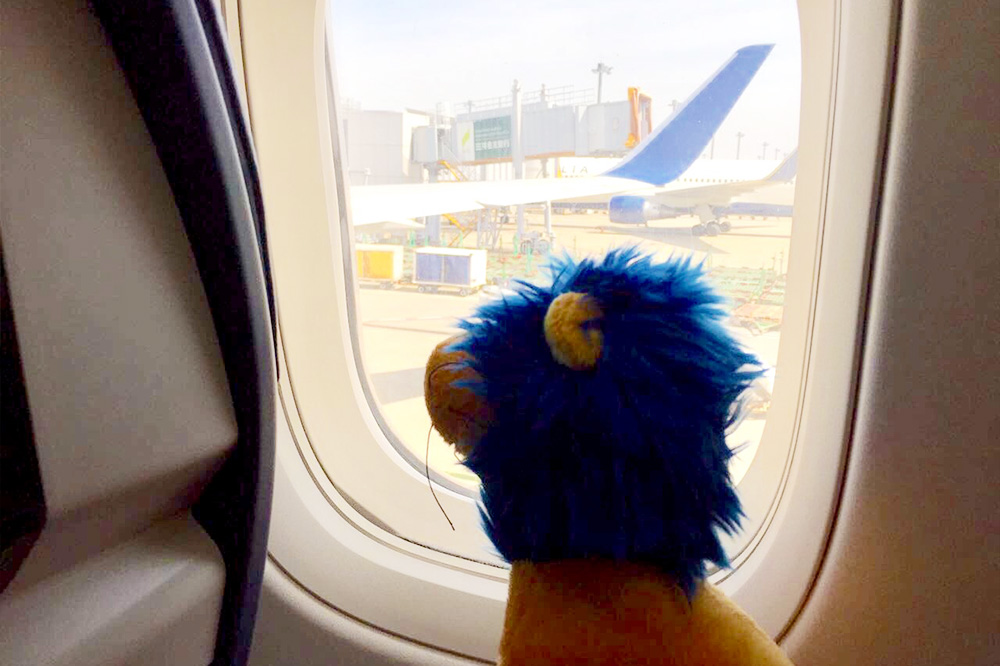Bizad Abroad is an annual student-led initiative by the NUS Bizad Club. Travelling to different cities each year, the study trip aims to raise awareness of doing business in a foreign environment and increase cultural appreciation among students.

A classroom beyond borders: Tokyo, Japan
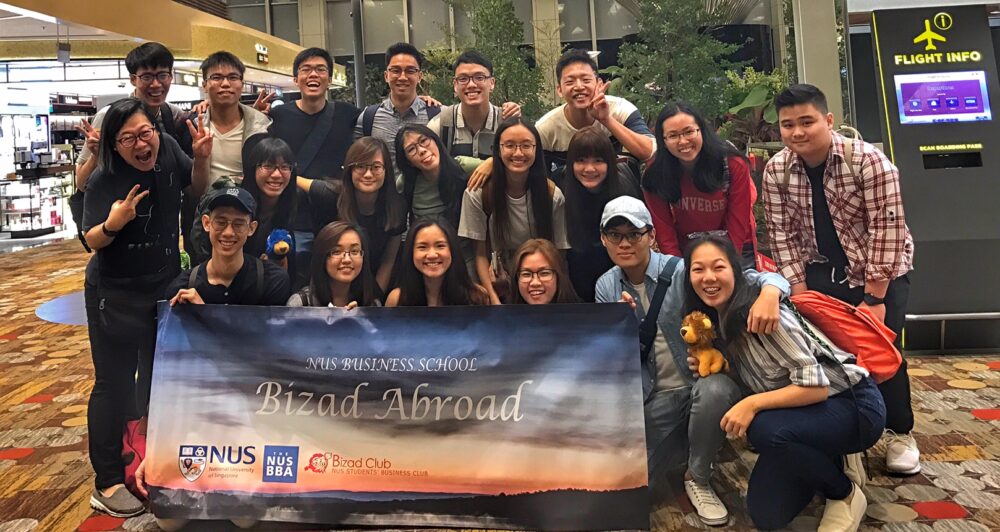
Led by Associate Professor Ang Swee Hoon this year, Tokyo was the choice destination where students visited eight different organisations. We speak to BBA Year 1 Rachel See and BBA Year 2 Richmond Lee on their experience.
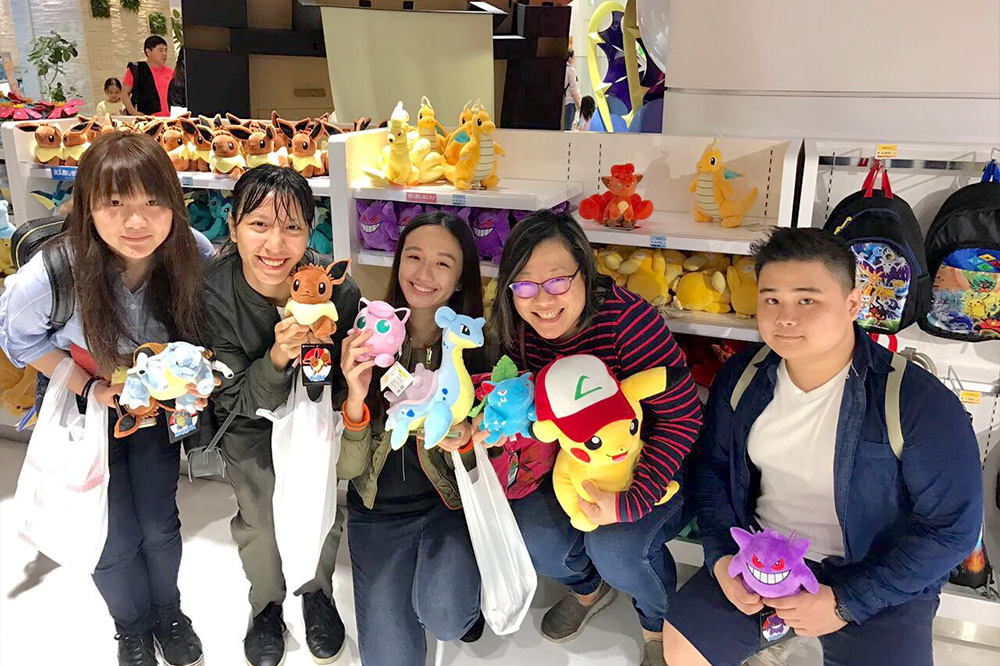
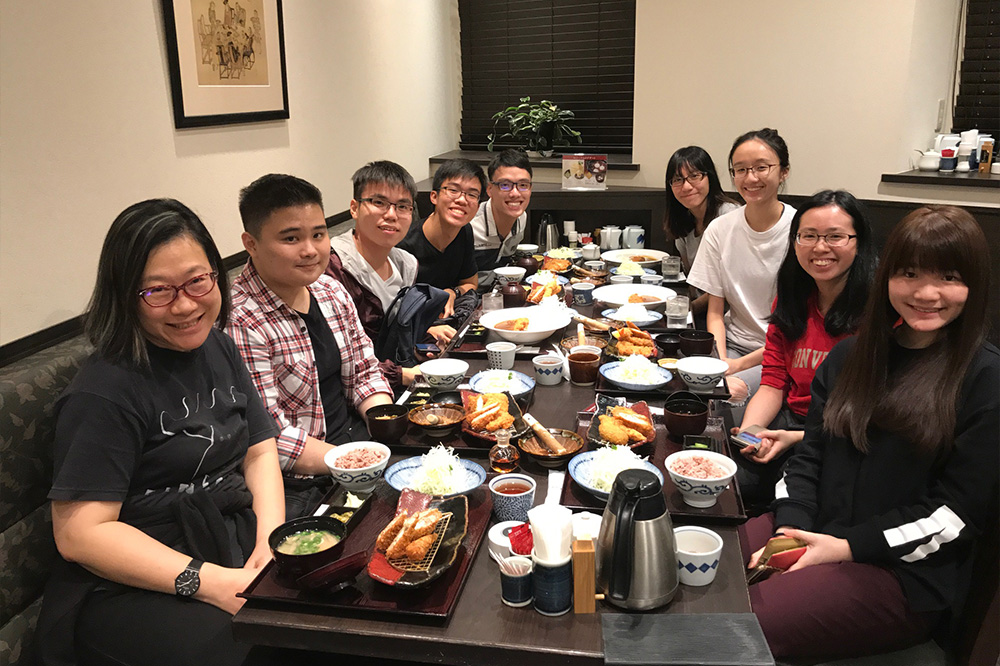
Q: What were your overall expectations prior to the learning journey?
RS: To be honest, I assumed we were merely going for tours around the headquarters and getting a closer look at their day to day operations.
RL: I was apprehensive of the quality of the programme, as it’s fully organised by year 1 students. But I’m proud of my classmates that all aspects of the trip were well taken care of. Be it flights, accommodations, and local transport, all were handled smoothly, and at a very reasonable price! Together with the final itinerary, I was impressed with the list of organisations we were visiting.
Q: What were these organisations you ended up visiting?
RL: It was a wide range of companies across different industries that are applicable to all business students no matter your specialisation. In total, we visited eight companies – Haneda Chronogate, Bank of Japan, Kikkoman, Google Japan, NTT Data Getronics, Tokyo Stock Exchange, Birdman, and the University of Tokyo.

Q: Any particular standouts during your visit?
RS: My favourite activity was at the Tokyo Stock Exchange. We were involved in a simulation exercise where we had the chance to buy and sell stocks within a given period of time. It was very thrilling as I had neither prior experience nor knowledge regarding stocks and investments. It was a very insightful experience!
RL: Agree! It was really cool to go on a tour of the trading platform. In the lecture, we learnt about the history of the TSE – the horizontal and vertical integrations of the smaller stock exchanges in Japan which resulted in the TSE. We also learnt about the different financial products they have introduced in recent years to provide traders more convenience and trading products, as well as remain competitive in the regional landscape.
RS: For me, visiting the Kikkoman office was also unbelievable – the history and heritage in one building. The moment you step into the compounds, you can smell the fermentation of the wheat and soybeans. They still use the same method of making soy sauce from centuries ago, albeit with modern technology. It was also interesting to find out the Japanese and Chinese have their own versions of soy sauce with similar ingredients, yet they taste so different and complement different foods.

RL: My other favourite visit was Birdman. It offered me a completely unique perspective on marketing and digital media. Their philosophy of integrating digital communications with real world installations is extremely fresh, and extremely cutting edge in the industry. Words fail to describe the scale and innovation of their marketing techniques. You can visit their website to catch a glimpse of their creativity.
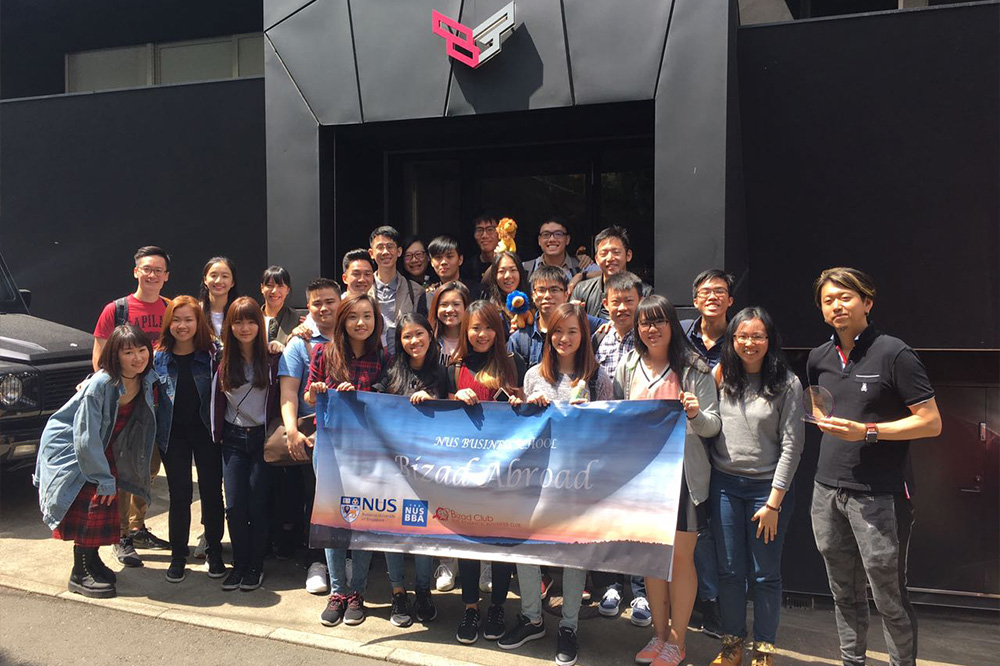
Haneda Chronogate was also interesting because it showed how the Yamato Group shaped their innovative and streamlined logistics solutions (Ta-Q-Bin) to fit their Japanese consumers. By emphasising on quality and personable delivery, as well as a deep relationship with the local community, they managed to expand their delivery network across the entire Japanese peninsular and capture a large market share. The visit provided me with a fresh perspective on what a logistics company can aspire to be.
RS: It was an eye-opener to see their Ta-Q-Bin system operating live in the building! The process in which all packages were sorted by bar codes, transported by an electronic belt system and finally stacked in their respective delivery vans to be sent to different parts of the world 24 hours a day really illustrated the amazing efficiency and speed of the Japanese. It is also interesting to note that although they are a company that operates mainly in the service industry, they are now venturing into other sectors like 3D manufacturing and printing, catering especially to the medical and aerospace industries.
Q: Were there any overt differences in terms of culture or business practices that you picked up from the sharing sessions?
RS: At the Bank of Japan, we attended a short lecture of the operations of the central bank. Did you know the central bank in Japan is independent from the government and has its own Governor? They still work very closely with the government to monitor and implement monetary policies. For Singapore, the Monetary Authority of Singapore (MAS) is a government-regulated central bank. Despite the difference, both banks are in charge of issuance of currency to various financial institutions and also operates as a financial agent for the government.
RL: The BoJ tour coordinator covered the Japanese economy’s deep-rooted problem of deflation, as well as the aggressive policies to increase consumer confidence through quantitative and qualitative easing. In the Q&A discussion, our lecturer openly discussed the resistance and unhappiness the BoJ faced when implementing some of its policies. They even acknowledged the opposition’s point of view and concerns as valid despite being confident in the policy From this visit, it is clear that the Japanese people, perhaps as a cultural idiosyncrasy, tend to be more self-aware and self-reflecting.
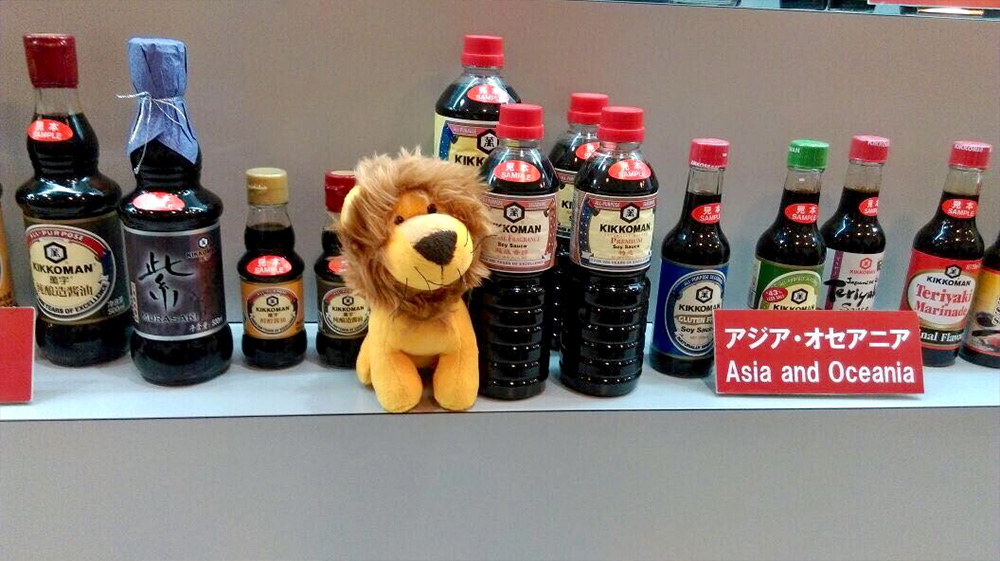
When we were at Kikkoman, we were also introduced to snippets of their marketing strategy and internationalisation to the US market. In the 1970s, they were one of the first few Japanese firms to bring their production to the US. Branding their soy sauce and teriyaki sauce as “Good with Meat”, they were initially met with scepticism from the American community. It was heartening to see the efforts Kikkoman made to localise their brand and company to integrate successfully with such a contrasting culture.
Q: You also visited global companies with offices in Japan – like Google Japan. How are these companies managed differently from Japanese local firms, if any?
RS: Walking around the company, i noticed that Google is truly one of the most diverse companies worldwide. Having visited the Google office in Singapore, I was not surprised to see the pantries at every corner of the building, the open meeting rooms and employees of different nationalities. We had the opportunity to interact with NUS Alumnus who were currently working in Google Japan. They were very open in their sharing on how they adjusted to life in Japan, what their current jobs entail and more importantly how they contribute in generating ideas and leading projects like Google Earth.
RL: The software engineers also shared with us some of the projects they have successfully implemented. It was fascinating to learn that despite being spread across the globe, there is a lot of collaboration across different offices to implement features on a global scale.
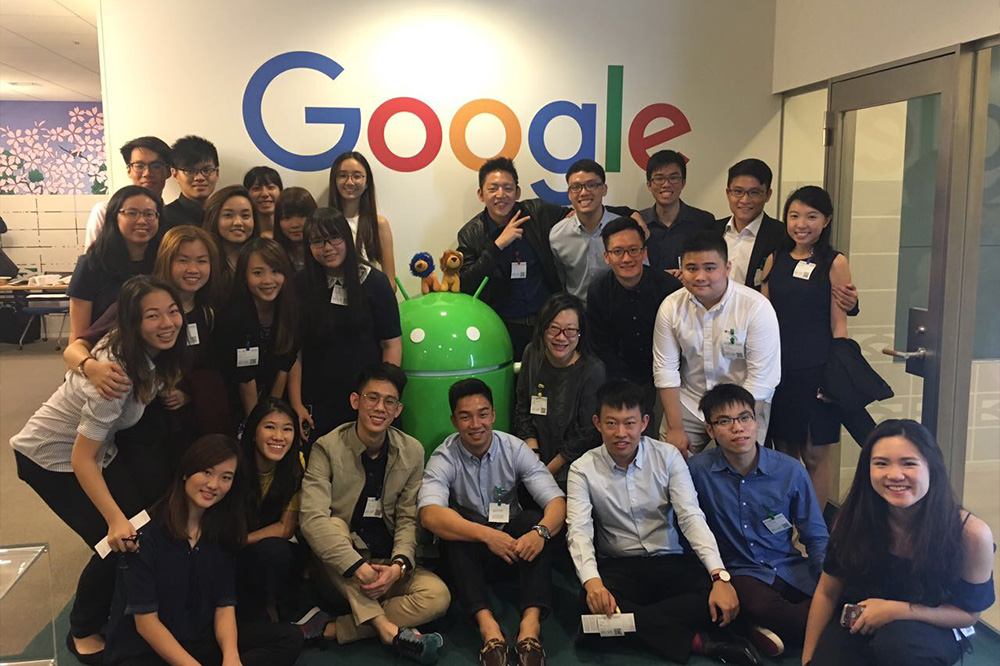
Q: Any stereotypes that were broken after these visits?
RL: NTT Data Getronics was the first company that incorporated a breakout session into its company visit itinerary. We were divided into groups, and had the chance to interact with employees on a personal basis. From my interactions with the employees, we learnt about the cultural differences in both the Japanese work life and personal life. One of the staff was in Singapore for a year and he shared about Japanese punctuality as opposed to an observed habit of Singaporeans being late.
RS: Yes, being able to speak directly to staff really personified experiences from a different perspective. Through our dialogues, we learnt that even though NTT Data Getronics is a technology company, many of its employees did not major in software programming or computing in university. Instead, the company places more importance on the learning potential of its employees and provides the training for them to develop the necessary skills. I also read a lot about the Japanese having extremely long overtime hours and a severe lack of work life balance. During our chats, I realised many companies are finding ways to mitigate this issue. For example, NTT Data Getronics require their staff to clock their working hours and they monitor what time they get off work. If an employee seems to be staying in the office for an extended period of time, the Human Resource department will show their concern and contact him directly.

Q: Besides work organisations, you guys also visited the University of Tokyo. What was the student life there like?
RS: We spent time with the students at UTokyo. They were extremely hospitable and courteous and took the time and effort to give us a campus tour. We also had the honour of attending a lecture by Dr Shigeo Kagami, who is a Professor and General Manager of the Office of Innovation and Entrepreneurship, Division of University Corporate Relations in the University of Tokyo.
RL: The startup culture in Japan as well as the polices in place to support it. We also gained insights on how Japanese firms which were previously driven mainly by organic growth, are now opening up to the idea of mergers and acquisitions to look for growth and innovation.
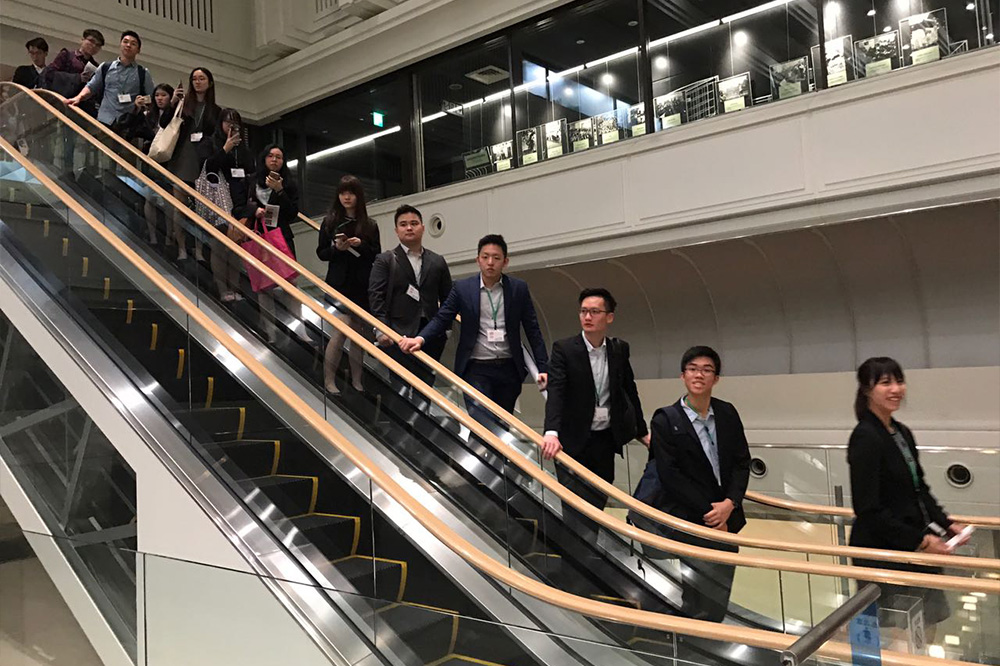
Q: Given the chance, would you work in Japan?
RS: The work culture in Japan is vastly different from that in Singapore and the employees exhibit a lot of pride and passion in the work they do. It could be due to their culture of life-long employment and stability. Also, they are extremely polite and courteous as hosts and are always willing to accommodate and strive to deliver the best services. This is a remarkable culture I feel employees in Singapore can learn from.
RL: As a business environment, I believe Japan is trying to open up, especially due to their ageing population. I personally think they will become a more friendly environment to foreigners in the next 10-15 years.
Q: How important do you feel this opportunity is to NUS Business School students?
RS: This trip helped me strengthen my questioning skills. Being genuinely curious about many unfamiliar practices in Japan, I asked a lot of questions and learnt to be less afraid of speaking up in crowds. We learnt a lot about their work-life culture, the companies’ stances and missions, their rich heritage and their unique marketing techniques. I was surprised at their hospitality and depth of the explanations and discussions. I did not expect to be able to meet the respective employees who gave us a lot of insightful information regarding their roles in the companies and even be able to sit down and have a dialogue with them.
